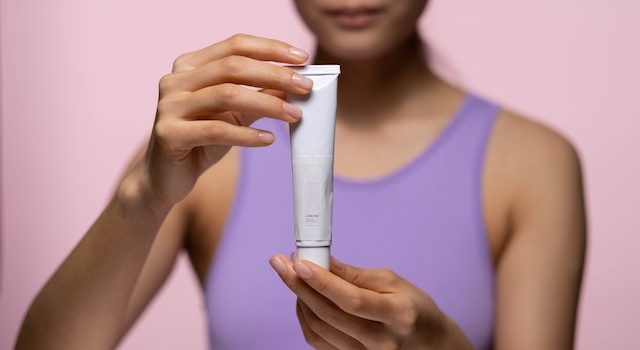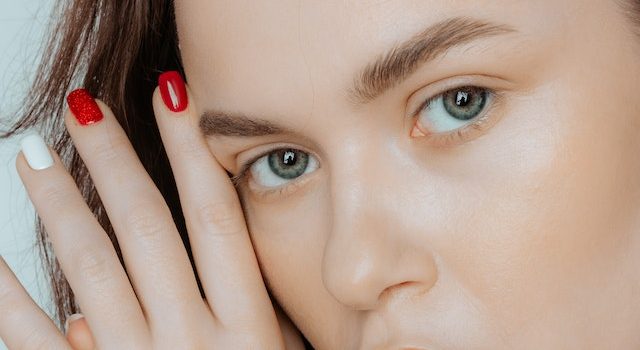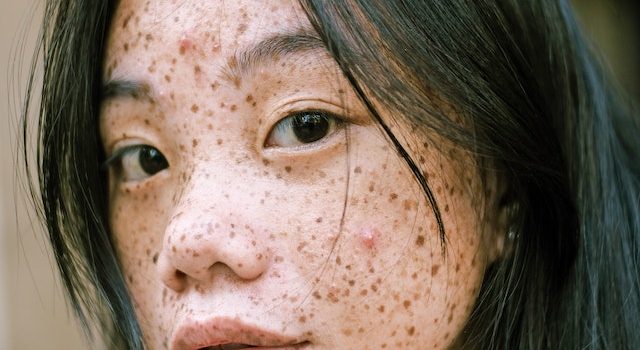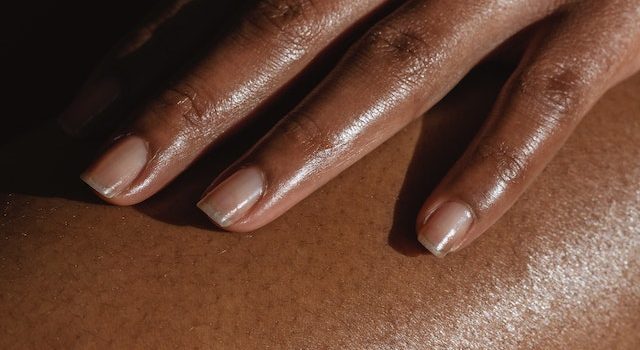
Taking care of your skin doesn’t have to be a time-consuming or complicated process. If you’re a self-proclaimed “lazy girl” who prefers a low-maintenance skincare routine without sacrificing the health and appearance of your skin, this ultimate lazy girl’s skincare routine is for you. With just a few simple steps, you can achieve healthy, radiant skin effortlessly.
1. Cleanse with a gentle face wash:
Start your lazy girl’s skincare routine by cleansing your face with a gentle cleanser. Look for a cleanser that suits your skin type and effectively removes dirt, oil, and impurities without stripping the skin’s natural moisture. Opt for a cleanser that doesn’t require rinsing, such as micellar water or cleansing wipes, for a quick and easy cleansing step.
2. Moisturize with a multitasking product:
Invest in a multitasking moisturizer that combines hydration with other beneficial ingredients. Look for a moisturizer that offers SPF protection to save time on applying a separate sunscreen. Additionally, choose a moisturizer that contains antioxidants or other skincare ingredients to provide added benefits like brightening or anti-aging properties. This way, you can hydrate, protect, and treat your skin in one simple step.
3. Use a tinted moisturizer or BB cream:
If you want to even out your skin tone without the hassle of foundation, opt for a tinted moisturizer or BB cream. These products provide lightweight coverage while moisturizing the skin. They are easy to apply with your fingertips and give a natural, no-makeup look. Choose a shade that matches your skin tone for a seamless finish.
4. Apply an eye cream:
Don’t neglect the delicate skin around your eyes. Use a lightweight eye cream to hydrate and nourish the under-eye area. Look for eye creams with ingredients like hyaluronic acid or peptides to help minimize the appearance of fine lines and dark circles. Applying the eye cream with your ring finger, gently tap it around the orbital bone until it is absorbed.
5. Finish with a lip balm:
Keep your lips moisturized and protected by applying a hydrating lip balm. Look for a lip balm that offers SPF protection to shield your lips from the sun’s harmful rays. Reapply throughout the day as needed to maintain soft and supple lips.
Optional Step: Weekly Sheet Mask:
If you have a few extra minutes to spare, incorporate a weekly sheet mask into your lazy girl’s skincare routine. Sheet masks are convenient, mess-free, and packed with beneficial ingredients. Choose a sheet mask that addresses your specific skincare concerns, such as hydration, brightening, or firming. Leave the mask on for the recommended time, remove it, and gently pat any remaining essence into your skin.
Remember, consistency is key in any skincare routine. Even if you’re keeping it simple and low-maintenance, make sure to follow these steps daily to maintain healthy skin. Additionally, don’t forget to drink plenty of water, get enough sleep, and protect your skin from excessive sun exposure to further enhance your skin’s health and natural glow.
With this ultimate lazy girl’s skincare routine, you can achieve beautiful, healthy skin with minimal effort. Embrace simplicity, take care of your skin, and enjoy the benefits of a low-maintenance yet effective skincare routine.

















